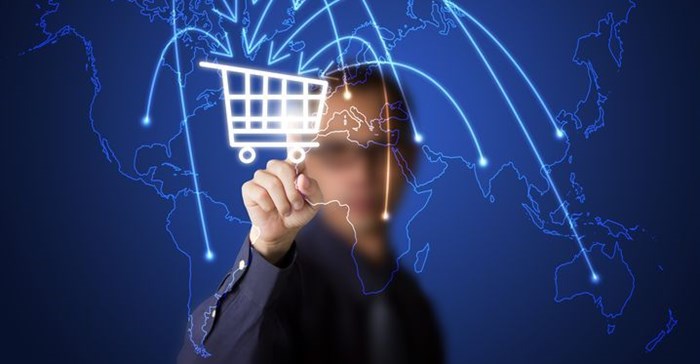As the world marches towards Industry 5.0, retailers are faced with new demands on leadership, strategy, and operations, as innovation continues to grow exponentially.

Source: © 123rf
123rf Mariette Frazer, a lecturer in retail marketing in the Department of Marketing, says the retail sector finds itself on the brink of another transformative phase
Industry 5.0 signifies the harmonious blend of technology and humanity.
Unlike earlier phases, which were focused on automation and machine dominance, this new era brings the human touch back into the digital framework.
This paradigm is centred on optimising technological operations while ensuring that the essence of human interaction and experience is not lost.
The ethos is straightforward: to use technology as an enabler, enhancing the overall retail journey for every stakeholder, from retailers to consumers.
Riyaat Phillips 5 Jan 2024
Redefining retail with modern technology
Always adaptive and resilient, the retail sector finds itself on the brink of another transformative phase.
The horizon of Industry 5.0 is illuminated by technological marvels that promise to reshape retail:
- Artificial intelligence and machine learning
These tools enable retailers to gauge and interpret customer behaviours, ensuring agile and informed decision-making.
- Robotics
This isn’t just about automation. Robotics in retail can enhance operations and improve customer engagement, making shopping a more interactive experience.
- Augmented and virtual reality
These immersive technologies will be pivotal in crafting unique consumer experiences, allowing virtual product trials and interactive shopping environments.
- Blockchain
As supply chains grow more complex, transparency and security are paramount. Blockchain promises to streamline and safeguard retail processes.
- The Internet of Things (IoT)
The IoT is poised to revolutionise everything, from in-store ambience to inventory management, ensuring that operations are efficient and that the customer experience is unparalleled.
The leadership mandate
While technology is the vehicle driving change, leadership is the navigator. Success in Industry 5.0 will be determined by leaders who can seamlessly integrate these innovations, aligning them with human values and expectations.
A leader’s competence will not lie just in understanding these tools but also in using them to foster an environment in which humans and machines work in sync.
Moreover, leaders must understand that not every innovation will fit every retail model. Adaptation will vary, and the nature of the integration might differ, based on unique business needs.
However, the overarching objective remains: to ensure a human-machine synergy that elevates the retail experience.
Cultivating the essential skills
As we usher in the era of Industry 5.0, it’s imperative for retailers to recalibrate their talent acquisition and development strategies.
To navigate the challenges of this new age successfully, there’s a pressing need to identify and nurture a specific set of skills. Technical ability in areas such as AI, IoT, and blockchain remains crucial.
However, equally important are soft skills such as adaptability, critical thinking, and emotional intelligence. In an environment where machines and humans collaborate closely, the ability to understand, interpret, and act upon nuanced human behaviours will be invaluable.
Retail leaders should also prioritise skills that foster innovation and creativity, as the retail landscape will demand solutions that haven’t yet been envisioned.
In addition, as consumer expectations evolve, skills in experiential design and customer journey mapping will become indispensable.
Retailers must proactively invest in training programmes, workshops, and partnerships with educational institutions to cultivate these skills.
By ensuring that their teams are equipped with the right blend of technical and soft skills, retailers will not only address the immediate challenges of Industry 5.0, but also lay a strong foundation for future success.
On the cusp of a transformative journey
As we move further into Industry 5.0, retail is on the cusp of a transformative journey.
This era offers both unparalleled opportunities and unique challenges. Leadership in this time will demand a blend of technological savvy and adaptability, and a commitment to the human touch.
By bridging the gap between machines and humans, retailers could craft a future that’s technologically advanced and deeply connected to the essence of human experience.













































